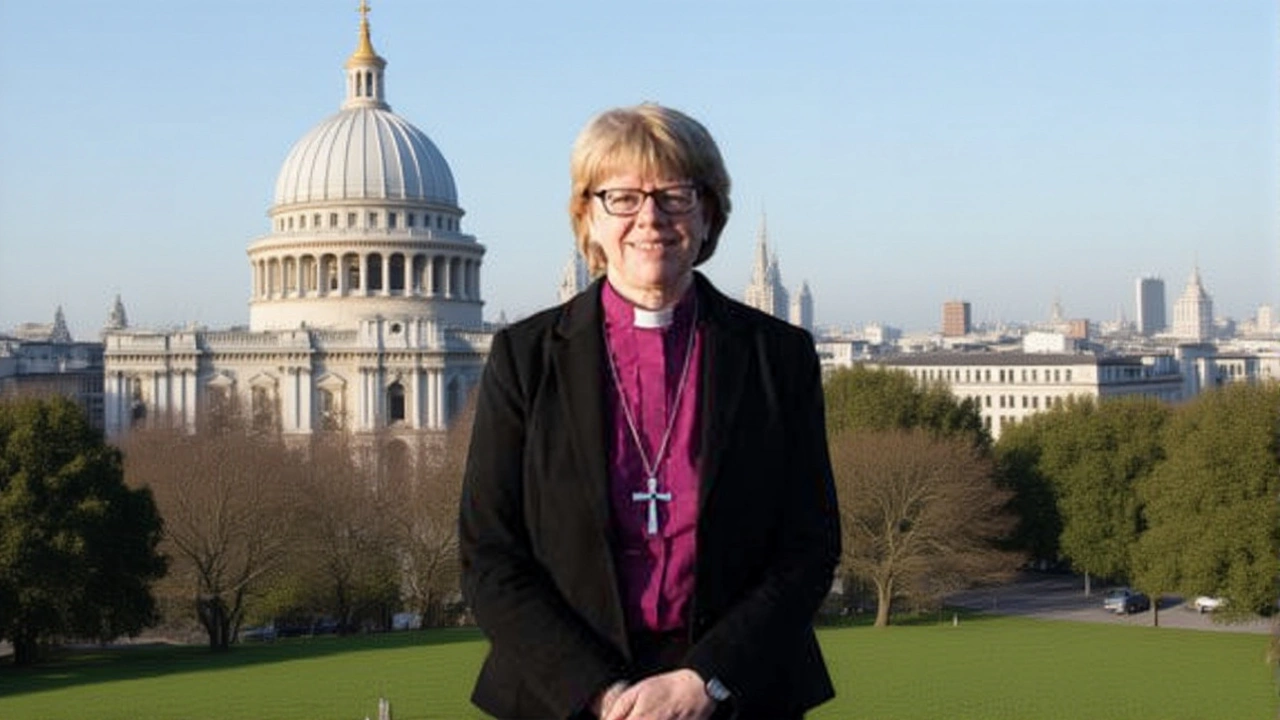King Charles III – The Monarch Behind Britain’s Racing Tradition
When talking about King Charles III, the current British monarch who succeeded Queen Elizabeth II in 2022. Also known as His Majesty the King, he carries the Crown as a symbol of national continuity and public service. His reign blends centuries‑old ceremony with modern interests, including a surprising connection to the world of motorsport.
Royal Influence on British Motorsport
The British monarchy, as an institution, often supports national events that showcase UK talent and industry. One clear example is the British Grand Prix, a flagship Formula 1 race that draws global attention. The Crown’s patronage adds prestige, while royal family members occasionally appear at the circuit, turning a sporting weekend into a cultural celebration. This link illustrates a simple triple: King Charles III encompasses the duties of a constitutional monarch, the British monarchy influences major sporting events, and the British Grand Prix benefits from royal endorsement.
Beyond the Grand Prix, the royal household maintains ties with the Royal Automobile Club. Founded in 1897, the club still enjoys royal patronage, and its members include many who compete in historic racing series. King Charles III’s interest in environmental sustainability has even spurred conversations about electric racing and greener track practices, showing how the monarchy can shape the future direction of motorsport.
These relationships aren’t just ceremonial; they affect real decisions. For instance, when the British Grand Prix planning committee seeks funding or wants to expand the venue, a royal endorsement can smooth negotiations with local authorities. Likewise, the Crown’s stance on climate policy influences how race organizers approach carbon‑offset programs. In short, the monarchy acts as a bridge between tradition and innovation in the racing world.
Understanding King Charles III’s role helps fans see why certain events feel more than just sport. The royal family’s presence adds a layer of national pride, turning a race weekend into a showcase of British engineering, culture, and history. It also explains why media coverage often highlights any royal appearance alongside race results, because the symbolism matters to the audience.
Fans of classic racing may notice that many historic cars bear the royal insignia, a nod to the Crown’s long‑standing support of automotive excellence. This detail ties into the broader idea that the monarchy not only preserves heritage but also promotes it through public events. When a classic GT car rolls past a royal box at Silverstone, it’s a visual reminder of the deep bond between the Crown and the sport.
From a practical standpoint, the royal family’s involvement can boost tourism. Visitors who travel for the British Grand Prix often plan to see nearby royal landmarks like Windsor Castle or the Palace of Holyroodhouse. The synergy between these attractions creates a richer experience, giving the UK a competitive edge in both motorsport tourism and cultural tourism.
Looking ahead, King Charles III’s focus on green technology could steer British motorsport toward electric or hybrid formats. The monarchy’s endorsement of sustainability may encourage sponsors, teams, and circuit owners to invest in cleaner technologies. This potential shift highlights how a single entity—here, the monarch—can influence the strategic direction of an entire industry.
Below you’ll find a curated mix of articles that dive into everything from race‑day strategies and car culture to the environmental impact of motorsports. Whether you’re curious about the latest F1 pit‑stop secrets, the history of British racing, or how royal patronage shapes events, the collection offers insight and entertainment. Let’s explore how the Crown, the British Grand Prix, and the broader racing world intertwine, starting with the stories that follow.
Sarah Mullally Becomes First Female Archbishop of Canterbury
Sarah Mullally, Bishop of London, is appointed as the first female Archbishop of Canterbury by King Charles III. The historic move sparks praise from the Vatican and backlash from GAFCON, shaping the Anglican Communion's future.
